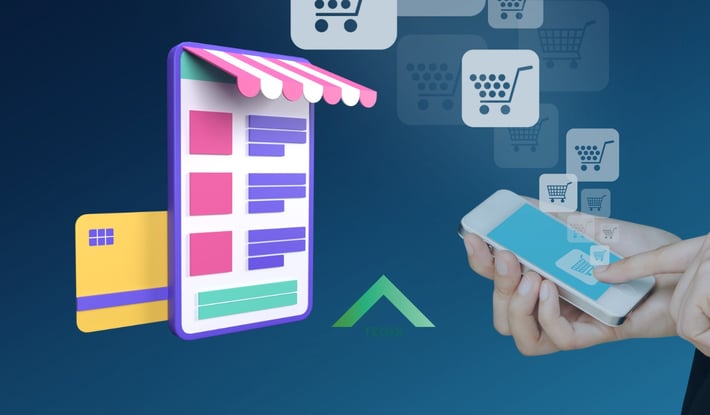The Evolution and Impact of Retail E-commerce
BLOGS
5/4/20242 min read


With the growth of e-commerce in recent years, the retail environment has experienced a dramatic upheaval. The online purchasing and selling of products and services, or retail e-commerce, has completely changed how both consumers and businesses conduct business. Let's examine the main features and effects of this expanding industry, from accessibility to ease.
Convenience redefined:
Convenience is a major factor in the growth of retail e-commerce. Customers may browse through a wide range of products, compare prices, read reviews, and make purchases from the comfort of their homes or while they're on the road with just a few clicks or taps. Due to its accessibility, traditional purchasing habits have changed, providing customers all over the world with unmatched ease and flexibility.
Global Reach:
E-commerce platforms have an almost limitless reach, in contrast to traditional brick-and-mortar establishments that are constrained by regional borders. Without the necessity for physical storefronts, retailers may now access worldwide markets and connect clients on different continents. This worldwide reach promotes cultural interaction, diversity in customer choices, and market opportunity.
Personalized Shopping Experience:
By using sophisticated algorithms and data analytics, e-commerce platforms can provide customers with individualized shopping experiences based on their likes and habits. Through customized marketing campaigns and product recommendations based on previous purchases, businesses may successfully communicate with customers one-on-one, increasing customer happiness and loyalty.
Innovation and Disruption:
As retail e-commerce has grown, it has challenged conventional retail models, encouraged innovation, and upended existing standards. E-commerce has opened the door for new business models that put an emphasis on flexibility, agility, and customer-centricity. These models range from direct-to-consumer brands to subscription-based services. Technological innovations like augmented reality (AR) and virtual reality (VR) retail experiences have been fueled by this innovative culture, improving the online shopping experience.
Possibilities and Challenges:
E-commerce offers shops a lot of chances for development and expansion, but it also brings with it certain difficulties. In the highly competitive digital marketplace, firms must set themselves apart through brand identity, customer service, and product quality. To guarantee a seamless and safe purchasing experience for customers, issues with cybersecurity, data protection, and logistical management also need to be carefully considered and funded.
The Future of Retail E-Commerce:
There is a ton of room for innovation and expansion in the future of retail e-commerce as long as consumer preferences and technology keep changing. The landscape of e-commerce is changing as a result of emerging trends like voice, social, and mobile commerce, which open up new channels for interaction and business. Additionally, the boundaries between physical and digital shopping environments will continue to dissolve due to the continuous convergence of online and offline retail experiences, also known as omnichannel commerce, which will offer customers seamless and integrated shopping experiences.
In summary, retail e-commerce has become a major player in the global retail sector, radically altering the nature of the relationship between companies and customers. E-commerce is positioned to reshape retail in the future and change how we interact with businesses and shop in the digital age because to its unmatched ease, global reach, and tailored experiences.


